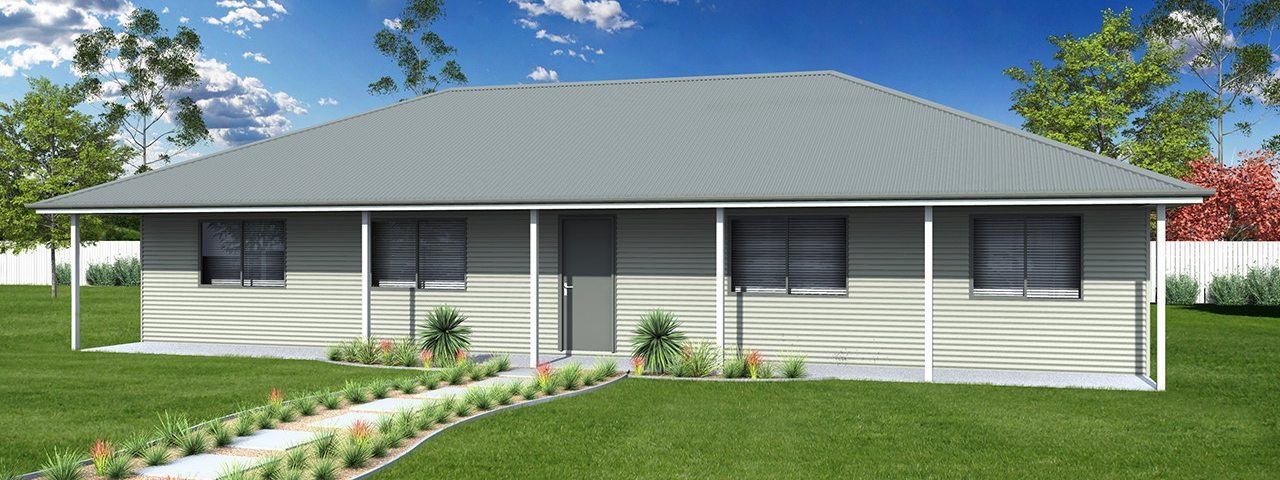- Energy Efficiency rating (QLD, VIC, TAS, SA, NT, WA)
House energy rating through the Nationwide House Energy Rating Scheme (NatHERS) uses computer simulations to assess the potential thermal comfort of Australian homes on a scale of zero to 10 stars. The more stars, the less likely the occupants need cooling or heating to stay comfortable.
What is rated?
A dwelling can be rated before or after it is built. The rating depends on:
- the layout of the home
- the construction of its roof, walls, windows and floor
- the orientation of windows and shading to the sun’s path and local breezes
- how well these suit the local climate.
Energy consumption by hot water systems, lights or household appliances is not part of the rating because those fittings are usually replaced several times during the life of the building.
What the stars mean:
- Zero stars means the building shell does practically nothing to reduce the discomfort of hot or cold weather.
- A 5 star rating indicates good, but not outstanding, thermal performance.
- Occupants of a 10 star home are unlikely to need any artificial cooling or heating.
Typical ratings – Houses built in 1990 averaged about 1 star on the NatHERS scale. Before the introduction of national energy efficiency regulations for houses in 2003, less than one per cent of Australian houses achieved 5 stars, many well designed houses are now being built above 6 stars or more.
- BASIX report (NSW equivalent of an energy efficiency rating)
In most cases you will need a BASIX certificate if you are lodging a development application for a new home in NSW or for any alteration and addition to an existing home.
A BASIX certificate is obtained after completing the sustainability assessment for your project using the online BASIX assessment tool available on line. Usually a building professional does this. Once the design of your project has met the BASIX requirements and the fee paid, a certificate will be issued.
If a proposal successfully meets the prescribed targets relating to water consumption, greenhouse gas emissions and thermal performance, the applicant can print a BASIX Certificate. The certificate confirms that the proposed development will meet the Government sustainability requirements if it is carried out in accordance with the commitments made during the assessment. These commitments, along with information which identifies and describes the proposal, will be shown on the BASIX Certificate.


